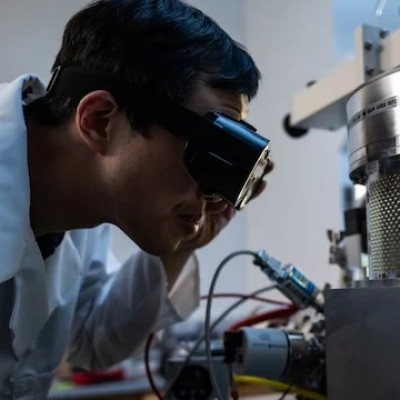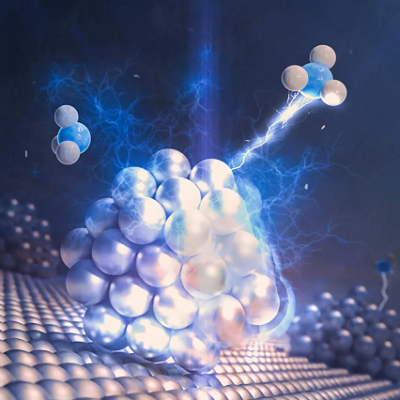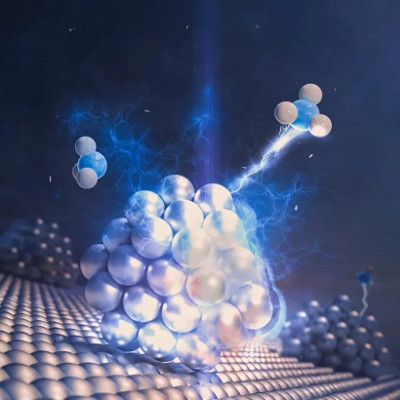Researchers at the University of Nottingham’s School of Chemistry used transmission electron microscopy (TEM) to observe the complete lifecycle of palladium nanoparticles in a liquid environment, from nucleation through growth to dissolution, with the entire cycle repeating multiple times. This study has been published today in Nanoscale.
One of the most important applications of metal nanoparticles is in catalysis, which forms a backbone of chemical industries. Dr Jesum Alves Fernandes, an expert in the field, said: “The mechanisms of catalysis involving palladium have been hotly debated for many years, particularly as the distinction between homogeneous (in solution) and heterogeneous (on the surface of nanoparticles) catalysts becomes blurred at the nanoscale. "
The laws of thermodynamics cause chemical reactions, including those involving nanoparticles, to proceed in one direction. While oscillating chemical reactions are uncommon in manmade processes, they frequently occur in living organisms that exist away from thermodynamic equilibrium. Understanding these chemical oscillations could help us unravel some of nature's mysteries, including transitions from chaos to order, emergent behaviours, patterns in animal coats, and even the origins of life on Earth.
Professor Andrei Khlobystov, leads the research group at the University of Nottingham that focuses on imaging chemical reactions of individual molecules and atoms, in real time, and direct space, he says “We set out to study the formation of palladium nanoparticles in a liquid and were happy to observe the nanoparticles forming directly during TEM observation. These nanoparticles emerged from the palladium salt solution, growing larger and more structured over time. To our astonishment, once the nanoparticles reached a size of about 5 nanometres, they began to dissolve back into the solution, disappearing completely, only to undergo re-growth again.”
The nanoparticles create a complex branching pattern in a liquid pool, pulsating cyclically as they grow and dissolve. However, when the reaction is carried out in a droplet of solution contained within a carbon nanotube—serving as a miniature test tube—the lifecycle of the nanoparticles can be observed at atomic resolution. The carbon nanotube slows down the process, allowing for detailed observation of the early stages of nucleation, growth, and dissolution. This reveals a disk-like shape with crystal facets, suggesting interactions of the nanoparticles with the solvent molecules.
Dr Rhys Lodge, who conducted the measurements, explains: “We believe that the chemical reactions involving the solvent, activated by the electron beam, drive the reduction of palladium ions to palladium metal, as well as the oxidation of palladium metal back to palladium ions. Due to the competition between these two processes, the nanoparticles continuously grow and shrink, oscillating chemically between these two states.”
This work is funded by the EPSRC Programme Grant ‘Metal atoms on surfaces and interfaces (MASI) for sustainable future’ www.masi.ac.uk which is set to develop catalyst materials for the conversion of three key molecules - carbon dioxide, hydrogen and ammonia – crucially important for economy and environment. MASI catalysts are made in an atom-efficient way to ensure sustainable use of chemical elements without depleting supplies of rare elements and making most of the earth's abundant elements, such as carbon and base metals.
The University of Nottingham is dedicated to championing green and sustainable technologies. The Zero Carbon Cluster has been recently launched in the East Midlands to accelerate the development and deployment of innovation in green industries and advanced manufacturing.
Read the original article on University of Nottingham.







